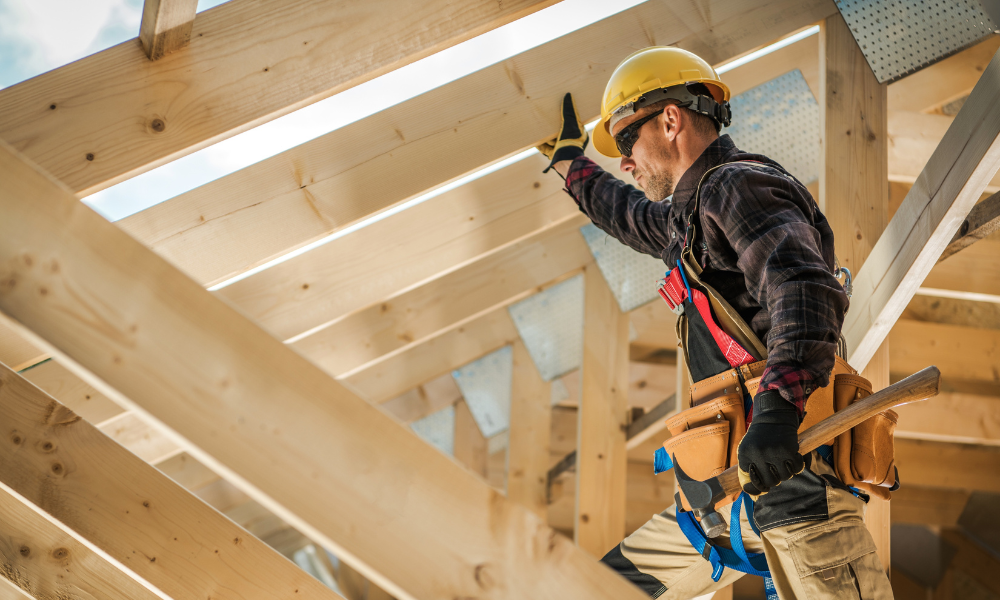Strong wage growth masks growing workforce shortages and softening buyer demand

The US construction industry is grappling with labor shortage, and the latest wage data suggests that companies are being forced to pay more to attract skilled workers.
According to a new LendingTree report, median hourly wages for construction workers jumped 21.1% between 2021 and 2024, far outpacing the 8.2% wage growth across all occupations. But while the pay raise may look like good news on the surface, it underscores a deeper problem that the industry is struggling to find enough labor to meet growing demand.
“That’s massive growth in hourly wages in such a short amount of time,” says Matt Schulz, LendingTree chief consumer finance analyst. “That’s great news for construction workers because it hints there’s incredibly strong demand for their skills.”
Industry changes
The median hourly wage for construction workers increased from $23.18 in 2021 to $28.06 in 2024, according to LendingTree’s study. Meanwhile, median wages across all industries rose from $22 to $23.80.
This wage increase comes alongside slower job growth in the sector. From 2021 to 2024, construction employment rose by only 8.8%, trailing the 9.4% growth seen across all industries. The disconnect suggests that labor shortages, not booming hiring, are pushing wages higher.
Several long-term factors are driving the shortage, including an aging workforce, a shortage of young entrants into the skilled trades, and increased demand from infrastructure, urbanization, and private development projects.
Despite the current hiring strain, long-term forecasts remain optimistic. The US Bureau of Labor Statistics projects a 4.7% increase in construction jobs between 2023 and 2033, compared to a 4.0% growth rate for all industries.
But reaching that target will require a major recruitment effort. The Associated Builders and Contractors estimates the industry will need to hire an additional 439,000 workers in 2025 and another 499,000 in 2026 to meet projected demand.
Signs of trouble
In fast-expanding areas like Florida, there are indications that builders are struggling, not just to find workers, but to sell finished homes. According to Reventure App CEO Nick Gerli, some Tampa-area builders have been left with rows of vacant spec homes, even turning to rent-to-own incentives and zero-down offers to clear unsold inventory.
“The country’s housing market is beginning to look a lot like 2008, at least for homebuilders,” Gerli warned, pointing to parallels with the pre-crash housing bubble.
Read more: Home construction sector looking 'a lot like 2008' housing bubble, warns analyst
The National Association of Home Builders (NAHB)/Wells Fargo Housing Market Index (HMI) also fell to 32 in June, down two points from May. The index hasn’t seen a lower reading since December 2022 (31), and before that, not since April 2020 at the start of the pandemic.
“Buyers are increasingly moving to the sidelines due to elevated mortgage rates and tariff and economic uncertainty,” said NAHB chairman Buddy Hughes. “To help address affordability concerns and bring hesitant buyers off the fence, a growing number of builders are moving to cut prices.”
The NAHB reported that 37% of builders reduced home prices in June, up from 34% in May and 29% in April. The average price cut remained at 5%, and 62% of builders used sales incentives, a slight increase from the previous month.
Stay updated with the freshest mortgage news. Get exclusive interviews, breaking news, and industry events in your inbox, and always be the first to know by subscribing to our FREE daily newsletter.



